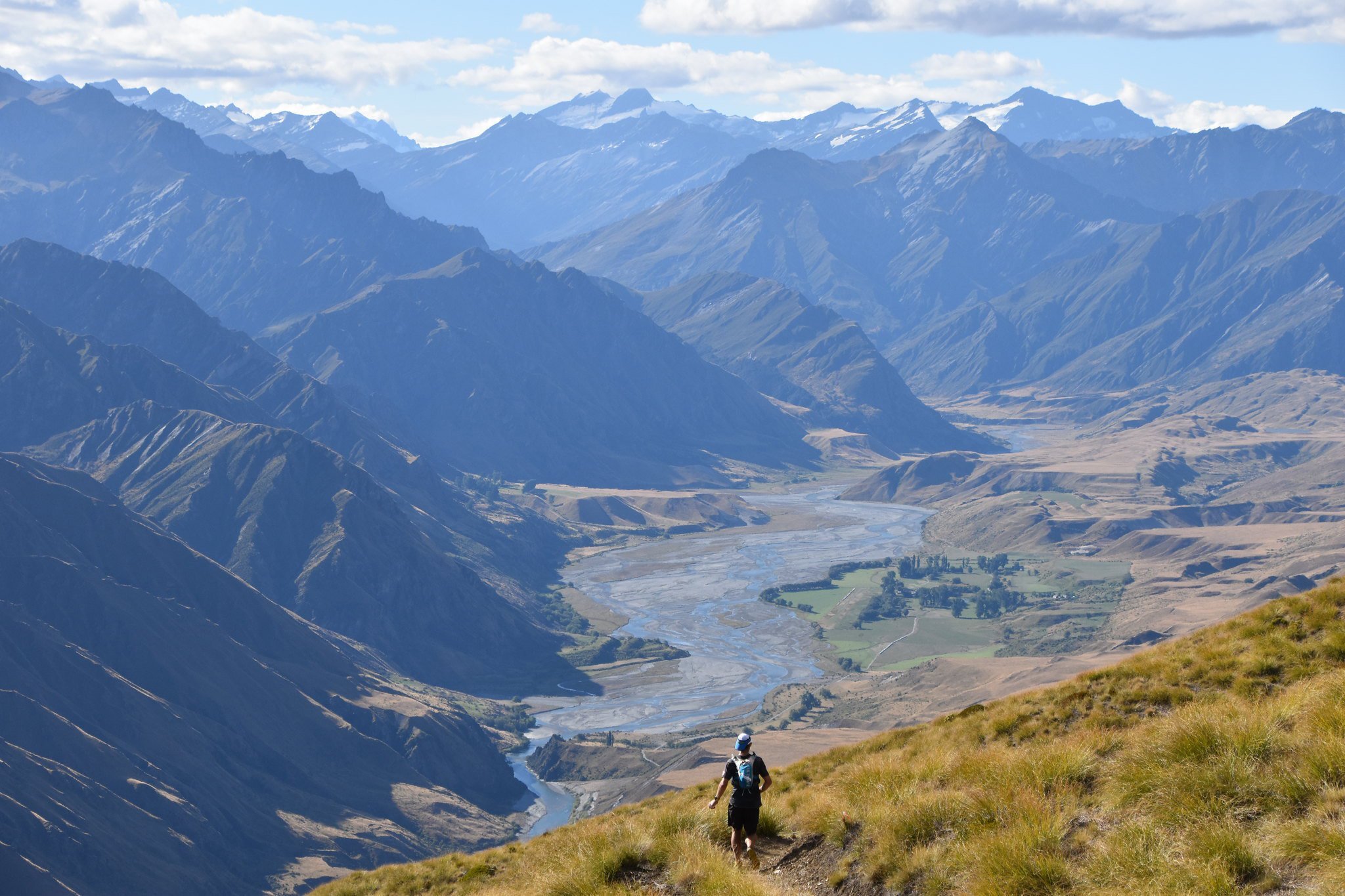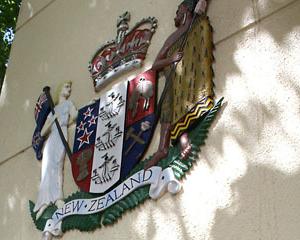
It was a surprisingly chilly February morning as 65 runners stood at Dingleburn Station near the shores of Lake Hawea, nervously awaiting a call to the start line.
The inaugural Southern Lakes Ultra (SLU) was finally about to get under way, as much a relief to organiser Kerryn Bell as it was to the competitors who began gathering in Queenstown several days earlier for race formalities.
The first SLU was scheduled for 2021 but, like so many other events, was cancelled due to Covid.
Bell faced a nervous few months in the lead-up to this year’s event, as the country was thrust into the Red setting. But with border restrictions preventing overseas competitors taking part, event numbers remained under 100 and that was enough for the SLU to get the green light.
At the pre-race dinner in Queenstown, we were warned this event would change our lives. A thought-provoking prospect, but only time would tell.
The premise of the SLU is simple enough: Six stages in seven days run, or walked, over a total distance of 264km. The added difficulty was the 10,000m of climbing thrown into the course.

There were initially cut-off times for each stage, although Bell was prepared to offer some leeway for athletes on the condition they were still moving forward and in a good mental state.
The race was split into two categories. The brave took on the unsupported section where competitors carried all their supplies for the week, in some cases packs weighing up to 12kg. The majority were supported runners, who carried the required safety equipment and food each day. Their remaining gear was transported to each campsite by a race crew.
I first spotted the race in 2020, in the build-up to what was supposed to be the first event in 2021, and casually mentioned to my wife, Clare, this could be a fun thing to do. She checked it out and said "you’re on your own".
But after more than 20 years together, I knew I simply had to plant the seed and eventually she would change her mind.
We are both pleased she did.

The myriad tracks and trails ran alongside crystal clear lakes and rivers and over mountains which literally took your breath away. Every few kilometres provided a regular reminder, if it was needed, of the district’s stunning beauty. The key was to remember to stop and take in your surroundings.
Ultra events are renowned for attracting an interesting mix of people. This was no different, but the competitors from throughout New Zealand were drawn together by a determination to see just how far they could push their bodies.
Old hands say these events are as much a mental challenge as physical.
Bell talks of competitors having "a strong why". An ability to understand what, and why, they are trying to achieve, and to ride out the highs and lows.
"An ultra is like a puzzle, fitting many pieces together to complete it," she said.
"The friendships and connections formed during a multi-day help. Because when you are stripped raw out on the course, you form the strongest connections."

The camaraderie in ultras differs from other running events. Words of encouragement and banter from passing runners are a given and invariably lift the spirits when your body is telling you enough is enough. The insanely positive support crew, stationed at various checkpoints around the course, boost your ego by telling you how amazing you are, even when you know you aren’t.
Everyone has their dark moments on course and it is not just the running, or walking, that takes its toll. A lack of sleep, daily dehydrated food rations, managing increasing aches, pains and blisters, missing family and a lack of those things you take for granted - think hot showers and flushing toilets - all have an impact.
Everyone had their own reasons for being there - ours was to complete an adventure together - but ultimately it was a race and there were those out to win.
After day one, runners were split into starting groups for the following days. The back runners began an hour ahead of the midpack (which was where we fitted in). Half an hour later the "rabbits" were let loose to chase down the field, and often did so with ease.
Hakataramea farmer Eric Ross revealed, as we both soaked our aching feet in a stream one afternoon, he felt he was getting too old for these events.
But the 69-year-old footed it with the best each day, bounding over mountains as though mustering stock at his North Otago farm, all the while armed with a stick for support - none of these fancy walking poles for him.
Ross finished in the top 10, showing there is certainly plenty of life left in the old boy.
In many ways it was the "tailenders" who were SLU’s real heroes. Bell talked about mental toughness being the key and these guys had it in bucketfuls.
Hours after the frontrunners had made it home, eaten dinner and prepared for bed, the back runners staggered into camp. Their faces carried the haunted look that total exhaustion brings.
But few complained.
They shuffled off to their tents, gingerly prised shoes from their blistered feet, refuelled and headed to bed ready to do it all again in a few hours’ time.
On stage three, the first foray into the mountains, the tailend group arrived back about 2.30am, only to be up again at 6am and ready to start the longest 69km leg.

Then there were those who spent the first few days up with the frontrunners, only to by struck by injury or illness later in the week and forced to walk the latter part of the course. The sight of athletes with their legs strapped with tape, limping and leaning heavily on walking poles, but still fiercely determined to finish was the only inspiration needed to push your own minor issues aside.
I was fortunate to have a running partner throughout the week when many spent long hours on their own.
Clare and I shuffled our way together around the course, offering support and encouragement during each other’s inevitable flat patches, a laugh at the right moment and the joy of being able to share the spectacular scenery on offer.
She almost dragged me up Advance Peak during the longest stage when a hot day and a miscalculation over how much water I needed began taking its toll. Reaching the top of the peak at sunset, with its spectacular views around the Harris Mountains, made everything worthwhile, even if having to descend in the dark while trying to locate course markers proved harder than expected.
It is now a couple of weeks since the SLU finished and it is still difficult to process what we accomplished during the week. The event was designed to throw you out of your comfort zone and it certainly did that.
Clare’s phobia about using Portaloo toilets will either be cured or require intensive therapy.
Sharing a six-person tent with complete strangers was a shock introduction, but the initial politeness soon went out the window as we became more comfortable in each other’s company. It seemed natural to hug people, who you didn’t even know days earlier, at the completion of each stage, as did finding yourself welling up with tears for no obvious reason out on the course. And time without cellphone coverage is something to be treasured.
So did the SLU change my life?
It is probably still too early to say, but it certainly was an amazing week we will always treasure. It also reignited my passion for ultra running and a 100-miler is next on the bucket list.
After all, it seems anything is possible if you put your mind to it.
- Craig Page












